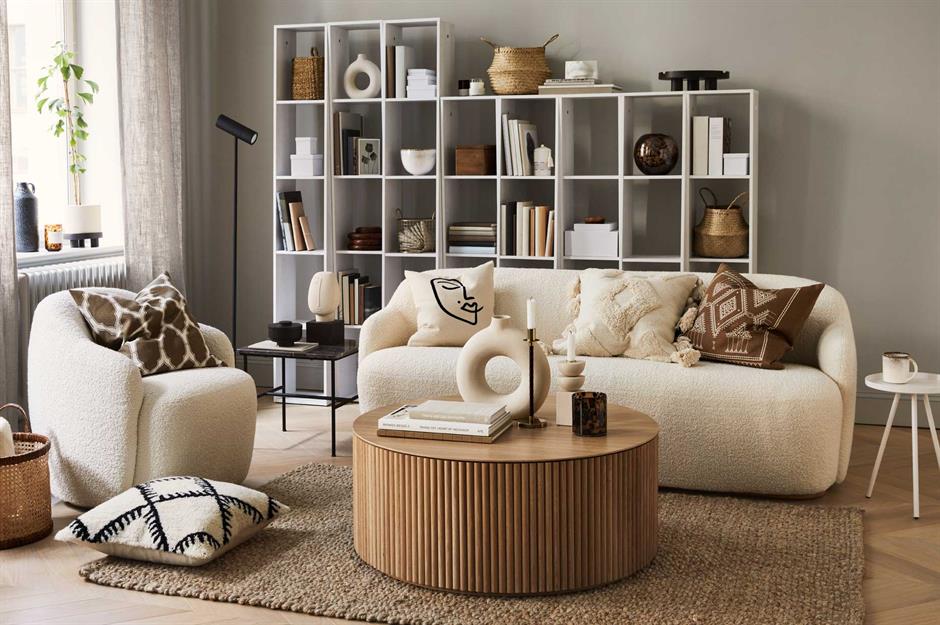secret interior design tips from the experts
interior design tips from the experts
 secret interior design tips from the experts
secret interior design tips from the experts
secret interior design tips from the experts
It’s said there’s a world of difference between a room designed by a professional interior designer and one done by a home decorator. From balancing colour schemes to hanging artwork, planning lighting and even positioning curtains, designers have a box of tricks that can turn an average scheme into a fabulous space. We’ve rounded up some of the trade’s best-kept secrets to take your own décor to the next level. Shh – just keep it quiet…
One of the most common design mistakes that non-designers make – especially in open-plan spaces – is cramming too much furniture into an area without leaving enough room for people to walk around comfortably. The most frequently-used thoroughfares in your home should be at least 90cm wide – just enough for two people to pass each other.
Three is most definitely a magic number when it comes to design – as are odd numbers in general. Grouping odd numbers of items – be it cushions, vases, pictures or candles – forces the eye to move around the display, creating a level of visual interest that symmetrical, even-numbered arrangements simply can’t compete with.
Using the same flooring throughout different rooms or areas in your home is an easy way to make the space feel much bigger than it is. If you have large, open-plan rooms, use rugs to break up the continuity and divide the space according to use. This will create the impression of distinct sitting and dining areas that still pull together as part of the same, larger whole.
Want a failsafe way to proportion a three-colour scheme? Stick to 60% for your dominant colour, 30% for your secondary colour and 10% for your accent colour and you’ll find it hard to go wrong. To add a fourth colour into the mix, split the secondary colour or, at a push, the dominant colour, but never the accent.
Being able to transform old furniture is an interior decorator’s secret weapon. Whether turning mass-produced flat-pack designs into one-off pieces or sprucing up junk-shop bargains into shabby-chic heirlooms, repainting furniture is a simple way to add colour and character in your home at rock bottom prices. Go for an all-in-one paint that doesn’t need primer to cut down on prep time.
Block painting walls with harmonious or contrasting colours can alter a room’s sense of space and also give your scheme a fun twist. To get a crisp finish, always use masking or decorator’s tape. Get an instant style fix wby marking out geometric shapes and fill in the blanks with a variety of colours that reflect your personality.
Brightly painted fireplace surrounds have become an on-trend feature – we especially love this geometric design by The Otto House. What’s more, you don’t necessarily need a period property to achieve the look. A colourful fireplace surround can become a feature on its own as an original storage solution. Fill the centre with books or candles and use the top shelf to lean art and display house plants.
Paying attention to detail adds a professional finishing touch that creates interest and character. An effective way to achieve this is by accessorising with endearing objects that echo the current season. This autumnal display with pumpkins and lanterns will make a warm welcome for guests entering an entryway and can be easily updated for the holidays.
Learning the art of display makes the difference between practical storage and a beautiful feature. Here’s how to make your bookshelves Instagram-worthy. Do not overcrowd the space, choose accessories in the same colour and group items together in odd numbers. Use books as objects and exhibit them both horizontally and vertically for interest. Aim for two-thirds books, one-third accessories and make sure to include either plants, foliage or flowers too.




